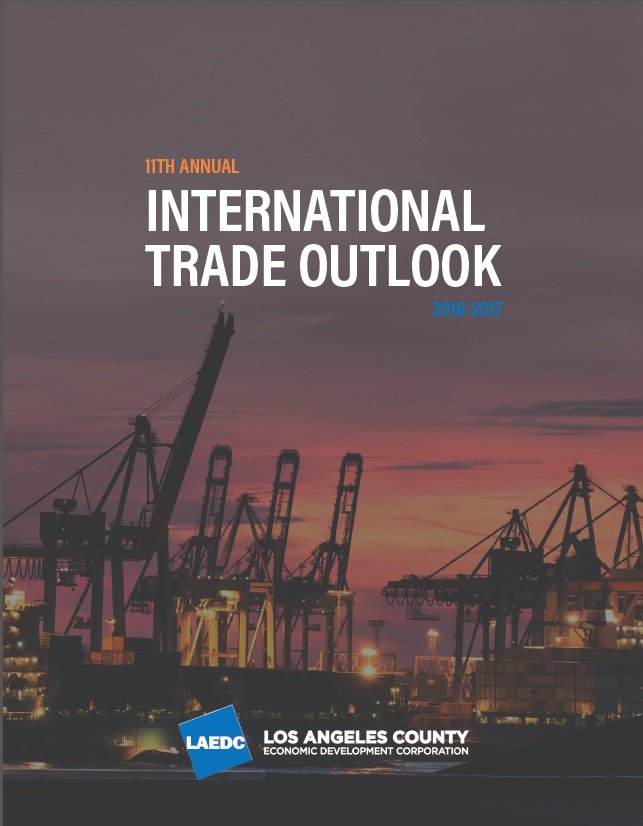Wednesday July 29, 2015
By Kish Rajan
Wednesday, July 22nd, 2015
Original Article Here
On Friday, Governor Brown issued Executive Order B-32-15 requiring a balanced, integrated plan to improve the economic competitiveness and the environmental performance of California’s goods movement sector. This was a welcomed and important statement by the Administration regarding a critical part of the California economy.
Goods movement has long been one of California’s largest and most important economic sectors. Taken collectively, its components – shipping, port operations, rail, trucking, warehousing, etc. – represent roughly one third of the economic activity and one third of all jobs in California’s massive economy. By far, more goods flow through California’s ports than any other state in the nation. Indeed, the United States’ overall trade economy relies upon on California’s success in goods movement.
However, in an ever competitive global supply chain, California is under intensifying pressure to maintain and grow market share. The massive project widening the Panama Canal will be completed soon enabling goods to bypass California altogether to serve eastern U.S. markets. This, coupled with additional competition from improved port operations in Canada and Mexico, along with eastern U.S. states eager to poach our business, should give all Californians pause as we consider the long term implications to that one third of our economy mentioned above.
And if that weren’t complicated enough, California’s goods movement sector must operate within the nation’s strictest emissions regulations. Accordingly, industry has responded to state mandates by modernizing operations in order to meet and exceed emissions targets. A great example is the technological marvel that is the new Middle Harbor at the Port of Long Beach that will both boost productivity and reduce emissions through automation and low carbon operations. It represents the kind of major investment and commitment that industry is prepared to make when it is confident that the state is a willing partner.
This is why the Governor’s executive order matters so much. It sets forth a clear policy that we must achieve a proper balance between economic, environment and infrastructure needs. It reinforces the critical principle that the term sustainability must mean both environmentally and economically sustainable.
Indeed that policy has been evident thus far in the California Air Resources Board’s approach to the development of a new Sustainable Freight Plan that seeks to move the entire goods movement sector to zero or near zero emissions. A transformation of that scale can only happen through thoughtful, public and private collaboration and investment.
So as the Administration and Legislature now consider our future transportation funding and priorities, and as they determine how best to reinvest the proceeds of the AB 32 Cap and Trade program, they would do well to advance the policy outlined in the Governor’s Executive Order, and commit to creating the conditions in which California’s preeminence in goods movement can endure for generations to come.

